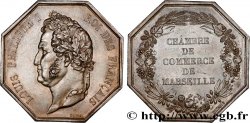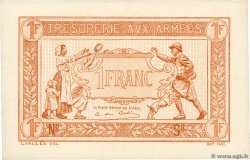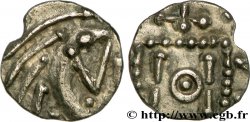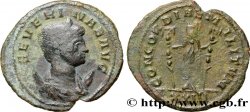fjt_081435 - PROVENCE - JETONS ET MÉDAILLES DU XIXe S. Jeton octogonal Ar 34, compagnie d’éclairage au gaz de Toulon, Nîmes et Marseille 1840 (1845-1860)
120.00 €
Количество
Добавить в корзину

Тип Jeton octogonal Ar 34, compagnie d’éclairage au gaz de Toulon, Nîmes et Marseille
Дата: 1840 (1845-1860)
Металл: silver
Диаметр: 34 mm
Ориентация осей монеты: 12 h.
Век: lisse
Пуансон: main ARGENT
Редкость: R1
Комментарии о состоянии
Exemplaire superbe
Лицевая сторона
Аверс: легенда: TOULON. NIMES. MARSEILLE.
Аверс: описание: Les trois écus des villes accotés, couronnés et posés sur des ancres ; à l’exergue : CONSEIL/ D’ADMINISTRATION.
Обратная сторона
Реверс: легенда: COMPAGNIE ANONYME D’ECLAIRAGE PAR LE GAZ, AU CENTRE EN QUATRE LIGNES : FONDÉE/ LE/ 5 JUILLET/ 1840.
Реверс: Описание: Couronne de chêne.
Комментарий
Le gaz naturel était connu depuis l'Antiquité notamment en Perse mais ce n'est qu'à la fin du XVIIIe siècle que l'idée d'un éclairage au gaz apparut. Le procédé ne se répandit que dans la première moitié du XIXe siècle notamment à partir de 1820. Le gaz utilisé était obtenu par distillation de la houille et servait à éclairer les rues puis les logements. Il servit par la suite comme chauffage mais disparut pour l'éclairage en raison de la diffusion de l'éclairage électrique dès 1880.
Natural gas had been known since antiquity, particularly in Persia, but it was not until the end of the 18th century that the idea of gas lighting appeared. The process did not spread until the first half of the 19th century, particularly from 1820. The gas used was obtained by distillation of coal and was used to light the streets and then the dwellings. It was later used as heating but disappeared for lighting due to the spread of electric lighting from 1880.
Natural gas had been known since antiquity, particularly in Persia, but it was not until the end of the 18th century that the idea of gas lighting appeared. The process did not spread until the first half of the 19th century, particularly from 1820. The gas used was obtained by distillation of coal and was used to light the streets and then the dwellings. It was later used as heating but disappeared for lighting due to the spread of electric lighting from 1880.







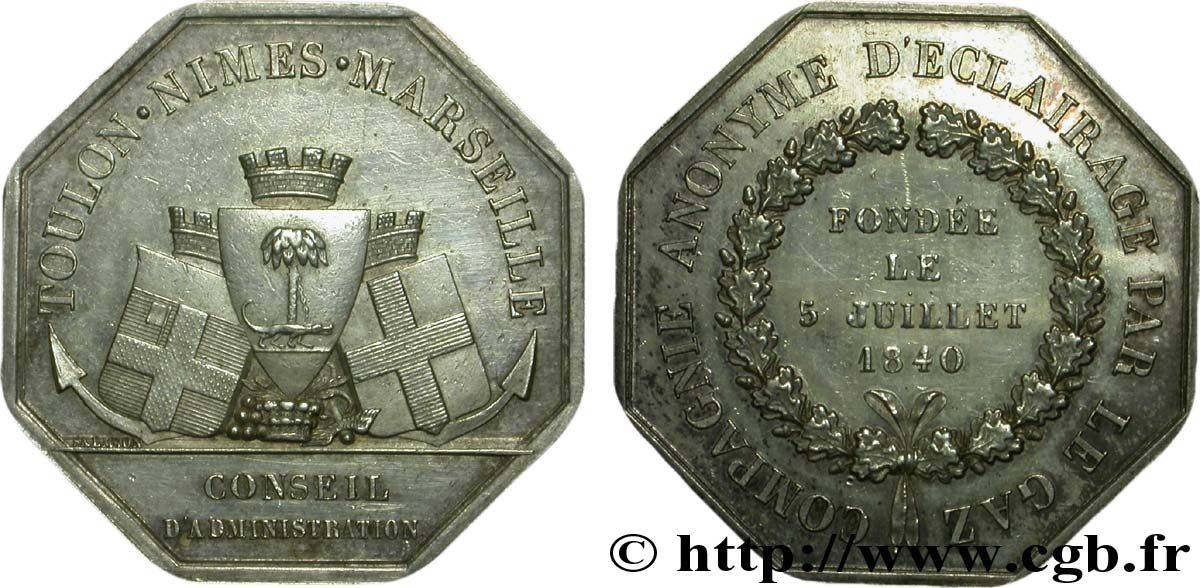
 Cообщить об ошибке
Cообщить об ошибке Распечатать страницу
Распечатать страницу Отправить мой выбор
Отправить мой выбор Задать вопрос
Задать вопрос Consign / sell
Consign / sell
 Информация
Информация
